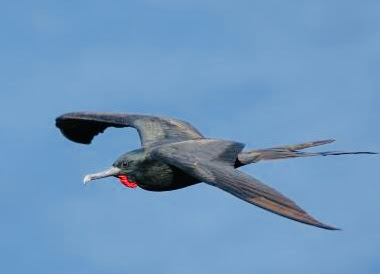After Hawaii, we had several days at sea as we sailed south
to cross the doldrums and approach our first true South Pacific stop, Fanning
Island. There is much to do onboard
ship, if one wants to learn to play bridge, how to play the ukelele, how to
dance the Hulu, create leis, etc. And of
course—there are musical venues, shows, and more--not to mention the onboard
casino. However, there are also quiet
places one can site and read, knit, or work sudoku puzzles, depending on your
personal choice. The onboard library is full
of puzzle—some 5,000 pieces and absolutely huge—books, and computer stations
for passengers to enjoy. It also has comfortable
chairs and couches. All around the various
decks are lovely paintings, sculptures, and other art objects. Below are a few about-the-ship scenes.


Some people have asked about the food--of course it is very good, with lots of choices. I like the Asian food station best, but the Mains station had turkey on Canadian Thanksgiving last week--and it was very good. My steps have averaged over 7,500, with 10,000 steps twice per week, and I have closed all of my Apple Watch rings every day I have been onboard--although my knee is bothering me today so might not get them closed today. We will see.
Back to the sailing: we have not seen the southern cross in the sky--been pretty cloudy at night. Also, we likely will not see the Aurora Australis as we do not sail south as far as New Zealand, but you never know!
We approach Fanning Island by passing from the northern
hemispheric winds into the southern hemispheric winds—the quiet place between
these two hemispheres is known as the doldrums, where sailors of old often
found themselves windless and trapped for days and weeks on end. So desperate
were they in the approaches through the nearby “horse latitudes” that some
vessels tossed their horses overboard to lighten the load and get moving. Horrible to think of the poor horses abandoned
in such a cruel way. We noticed how the
water got very glassy as we passed through—and caught our first sight of a
dolphin off our starboard balcony, then later more sightings of dolphins off the
port side.
Although the dolphin we sighted off our balcony had a clear
dorsal fin, the dolphins of the port side seemed smaller, more whitish, and I
couldn’t catch a dorsal fin view.
However, we did see breath spouts from them as well as playful splashes,
so they were definitely mammals not fish.
We were set to reach Fanning Island on Monday, October 16th California
time (we pass through the international date line and this lose one day, but
the ship chose not to modify all dates for this event, and our phone clocks
were not fazed by the crossing). This island is reported to be one of the most
remote and beautiful islands in the world, and will certainly be the most remote
that we visit. Known as Tabuaeran in the local Kiribati (actually pronounced
Kiribas) dialect, this island is located 173 miles north of Kiritmati
(Christmas) Island, and roughly 1,000 miles south of Hawaii. The island has remained outside of the reach
of the rest of the world for decades, and maintains a traditional culture and
way of life.
We need to use a tender to enter an inlet of the atoll and reach
within the encircled atoll to disembark via tender at a wooden pier. We have been warned that there is no
electricity, no bathrooms, no shade, and no running water—passengers need to
wear hats, dress modestly, and carry water.
No excursions are offered—it is all on your own.
However, the pier must first be repaired by the first cruise
ship of the season docking there, which is our Volendam. Once the repair crew is tendered to the pier,
does their work repairing the wooden pier using onboard lumber and plywood,
then the passengers will be tendered slowly over to the island while the ship
remains moored outside the atoll. At least, that was the plan. But the stop at Fanning Island was cancelled at
the last minute as the local officials had no boat or sea plane to arrive from
Christmas Island in time to perform ship entry regulatory work as had been
planned. These islands are pretty
primitive and governance is pretty lackadaisical. So, last night about 9:30 pm the Captain
announced that there could be no stop at Fanning as the government at the last
minute informed our ship that government staff could not get to the island in
time and would not conduct needed regulatory matters remotely. Sigh.
Instead, we circumnavigated it, giving us a rare view of the
opposite side of the island which cruise ships never see.


















































